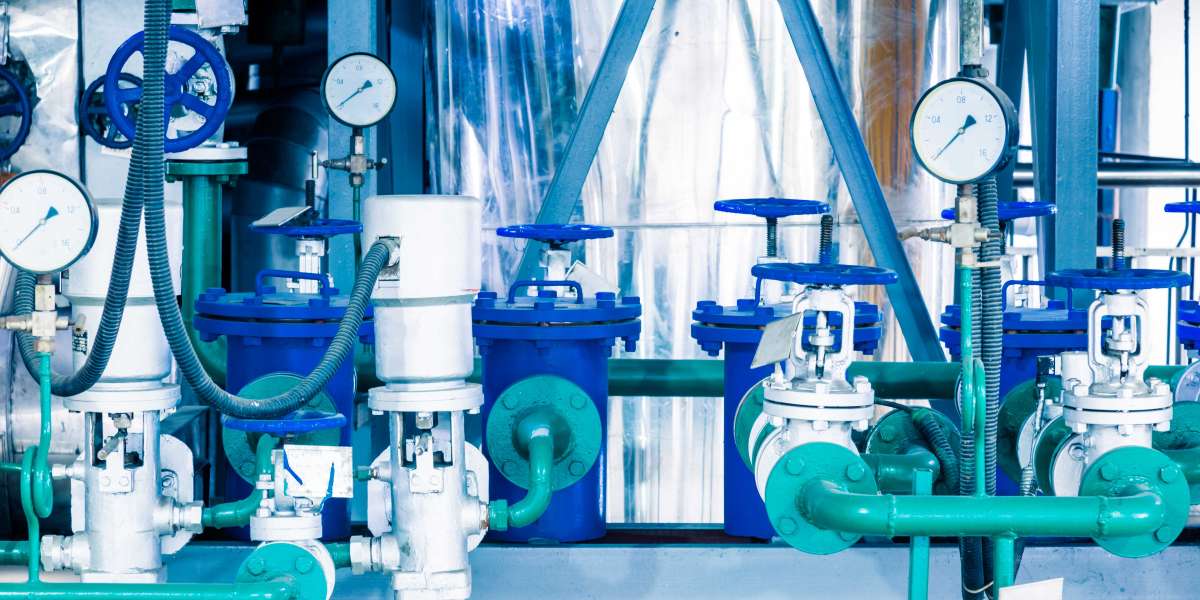Water pumps are crucial components in various applications, providing a steady flow of water for residential, commercial, and industrial needs. However, like any mechanical device, water pumps can experience issues that may disrupt their performance. In this blog, we will discuss common problems that can occur with water pumps and provide troubleshooting tips to help you identify and resolve these issues effectively.
Insufficient Water Flow: If you notice a decrease in water flow from your pump, it may be due to several factors. Start by checking the intake and impeller for clogs or obstructions. Clean the intake screen and remove any debris that may be blocking the water flow. Additionally, check the pump's motor and ensure it is running at the proper speed. Low motor speed can result in reduced water flow.
Pump Not Starting: If your water pump fails to start, first check the power source and ensure it is functioning correctly. Verify that the pump is properly plugged in and that the circuit breaker or fuse is not tripped. If the power supply is fine, examine the pressure switch or control panel for any issues. Faulty wiring, damaged switches, or blown fuses could be the cause. Consider consulting a professional if you are unsure about electrical troubleshooting.
Noisy Operation: Unusual noises, such as grinding, squealing, or rattling sounds, can indicate underlying issues with your Water Pumps. Inspect the pump for loose or worn-out parts, such as bolts, bearings, or impellers. Tighten or replace any damaged components as necessary. Excessive noise may also result from cavitation, which occurs when there is insufficient water supply to the pump. Check the intake and ensure proper water levels.
Leaks: Leaks are a common problem with water pumps and can occur at various points, such as seals, fittings, or connections. Inspect the pump and associated pipes for any signs of leakage. Tighten loose connections or replace damaged seals. If the issue persists, it may indicate a more significant problem, such as a cracked pump housing or impeller. In such cases, professional assistance may be required.
Overheating: Pump overheating can result from several factors, including excessive load, insufficient cooling, or motor issues. Ensure that the pump is not operating beyond its recommended capacity. Check for proper ventilation and airflow around the pump. Clean any debris that may be obstructing the cooling fins or motor vents. If the motor continues to overheat, it may be a sign of motor failure or other internal issues that require professional attention.
Cycling On and Off Rapidly: Frequent cycling of the pump, where it turns on and off rapidly, can be caused by a malfunctioning pressure switch or a waterlogged pressure tank. Inspect the pressure switch for any defects or misalignment. Adjust the pressure settings if necessary. If the pressure tank is waterlogged, it may require draining or replacement to restore proper functioning.
Hence, Water pump issues can disrupt water flow and cause inconvenience, but many problems can be resolved through troubleshooting. By identifying common issues such as insufficient water flow, pump not starting, noisy operation, leaks, overheating, and rapid cycling, you can take the necessary steps to resolve them. Regular maintenance, including cleaning, inspection, and timely repairs, can help prevent these issues from occurring and ensure the smooth operation of your water pump.
Remember, if you encounter complex or persistent problems with your water pump, it is advisable to seek professional assistance. They have the expertise and knowledge to diagnose and resolve intricate pump issues effectively.






